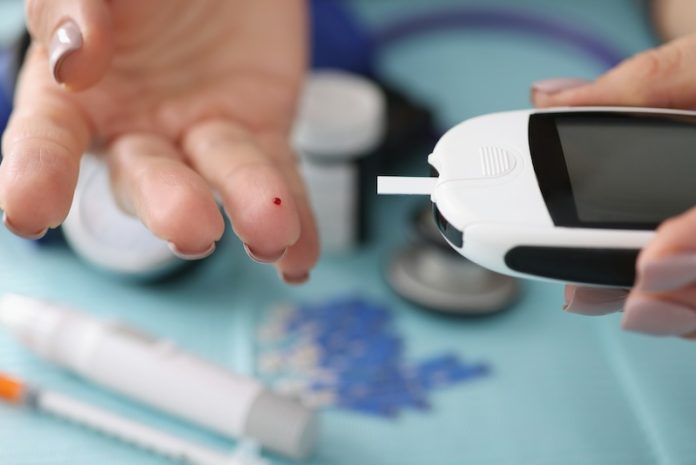
Nearly 40% of people diagnosed with type 2 diabetes stop taking their medication within the first year—a trend that puts their health at serious risk. In a new paper from UVA Health, diabetes experts urge doctors to rethink how they prescribe treatment by focusing on plans that patients can actually stick with.
“Prescribing a medication or making lifestyle recommendations that a patient is not willing or able to follow is not likely to help,” the authors write. “The best treatment is one that is easy to implement and sustainable for the patient.”
Rather than simply telling patients what to do, the paper emphasizes that healthcare providers should work with their patients, listening to their goals, preferences, and everyday challenges. When patients feel involved and supported, they’re more likely to keep up with treatment—something that’s crucial for managing blood sugar over the long term.
One of the paper’s authors, Dr. Daniel J. Cox, a diabetes expert at UVA’s Center for Diabetes Technology, stresses that consistency is key. “Nothing works if it’s not followed regularly,” he says, “but most approaches can offer benefits if they are maintained over a lifetime.”
The paper outlines a variety of options for managing type 2 diabetes, including both medications and lifestyle strategies.
For medications, it mentions well-known treatments like Metformin, as well as newer drugs called GLP-1 receptor agonists—like Ozempic—which have gained popularity partly because they help with weight loss. Losing weight often leads to better blood-sugar control.
Another tool is the continuous glucose monitor (CGM)—a small sensor worn on the skin that tracks blood sugar in real time and sends the data to a smartphone. While some CGMs used to be available only by prescription, newer, lower-cost models can now be bought over the counter, making them more accessible for people with insurance challenges.
But medications and devices aren’t the only tools available. Dr. Cox has developed a lifestyle program called GEM, short for Glucose Everyday Matters. GEM is designed to be less demanding than traditional lifestyle changes and focuses on preventing blood sugar spikes through smart food choices and well-timed physical activity.
In a study, two-thirds of people using GEM went into diabetes remission. Dr. Cox himself has followed the program for 15 years and says it helped him put his own diabetes into remission.
Rather than strictly banning sweets and carbs, GEM teaches people how different foods affect their individual blood sugar. It encourages practical changes—like replacing sugary drinks or dried fruits with better options—and adds simple, regular movement throughout the day. “Sit less, step more,” Cox says.
He adds that GEM isn’t just a diabetes program—it’s a lifestyle that supports better overall health and can help prevent other chronic diseases too.
Dr. Cox is now running a large clinical trial to test GEM in people who have been diagnosed with type 2 diabetes within the past two years. The hope is that by offering flexible, personalized options that fit into people’s lives, more patients will stick with treatment—and stay healthier in the long run.
In short, this new research shows that the key to fighting type 2 diabetes might not be stronger drugs or stricter diets, but better support and realistic plans that people can follow day after day.
If you care about diabetes, please read studies about a cure for type 2 diabetes, and these vegetables could protect against kidney damage in diabetes.
For more information about diabetes, please see recent studies about bone drug that could lower risk of type 2 diabetes, and results showing eating more eggs linked to higher risk of type 2 diabetes.
The research findings can be found in Family Medicine and Community Health.
Copyright © 2025 Knowridge Science Report. All rights reserved.



